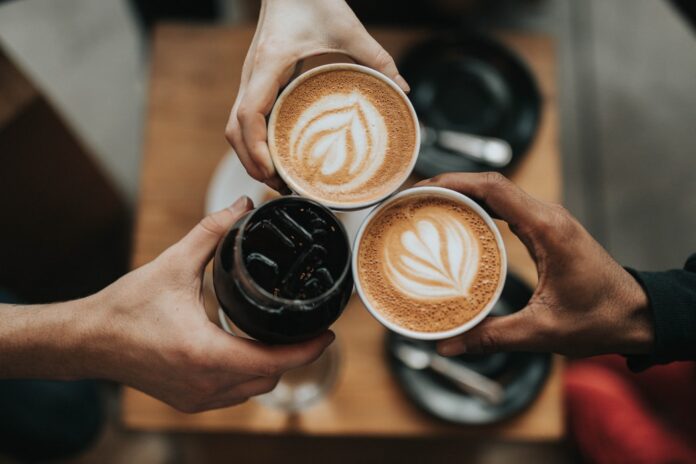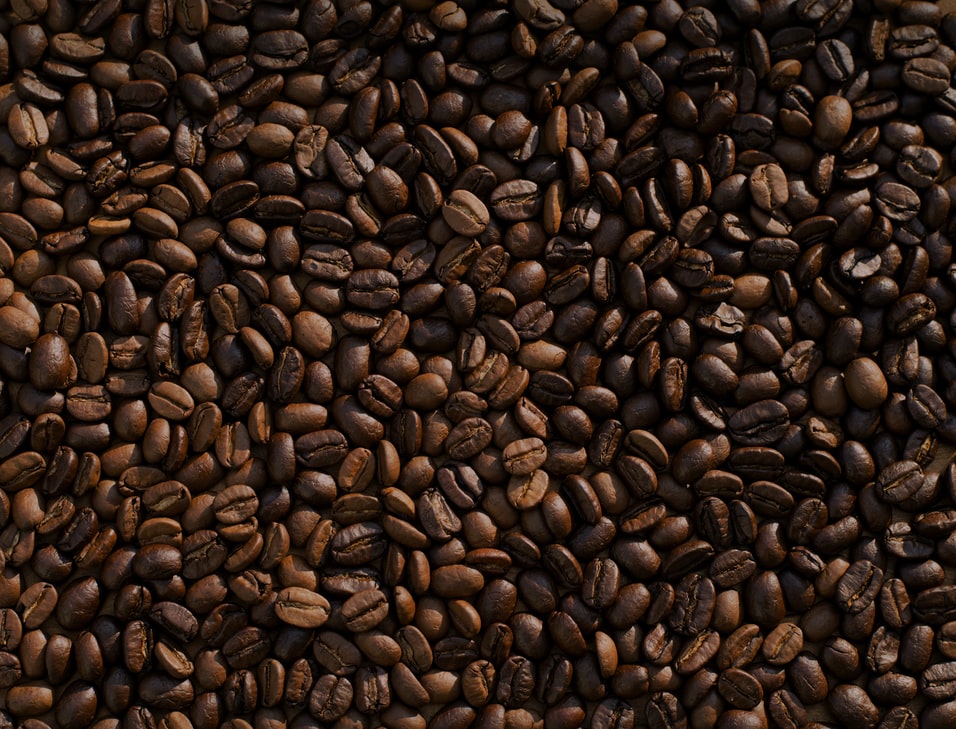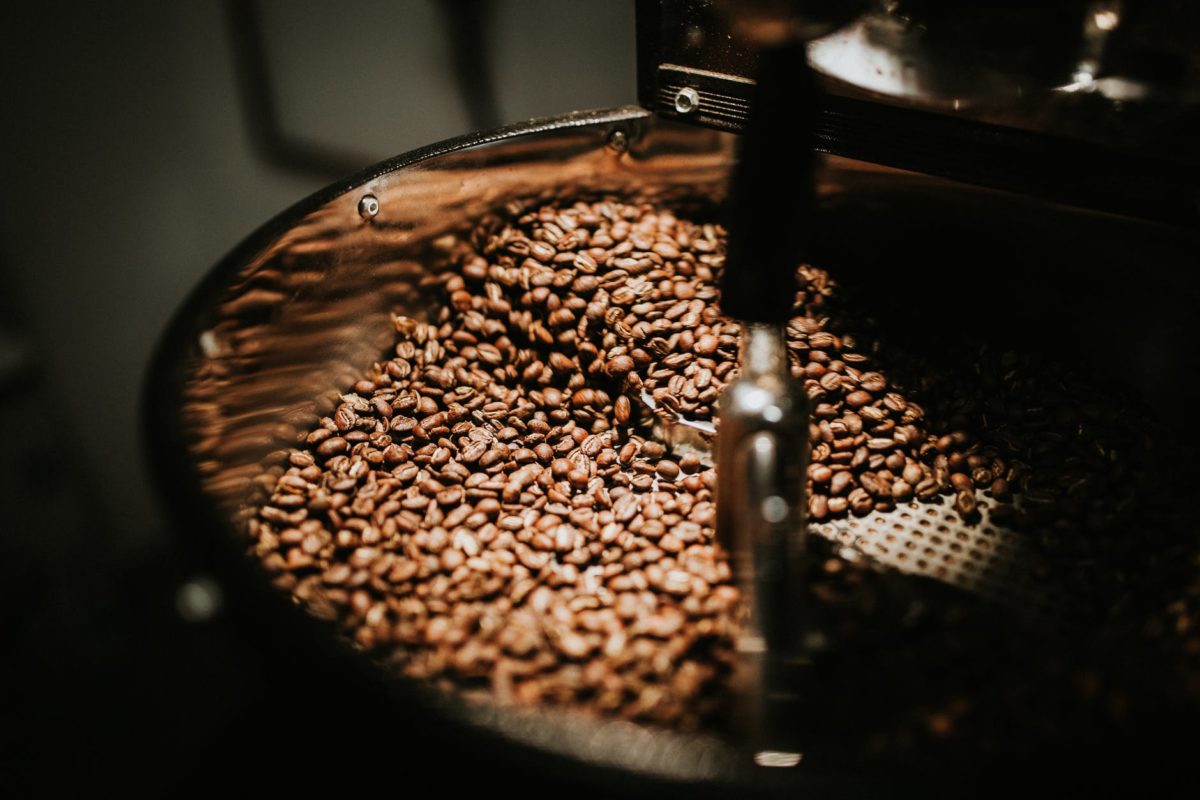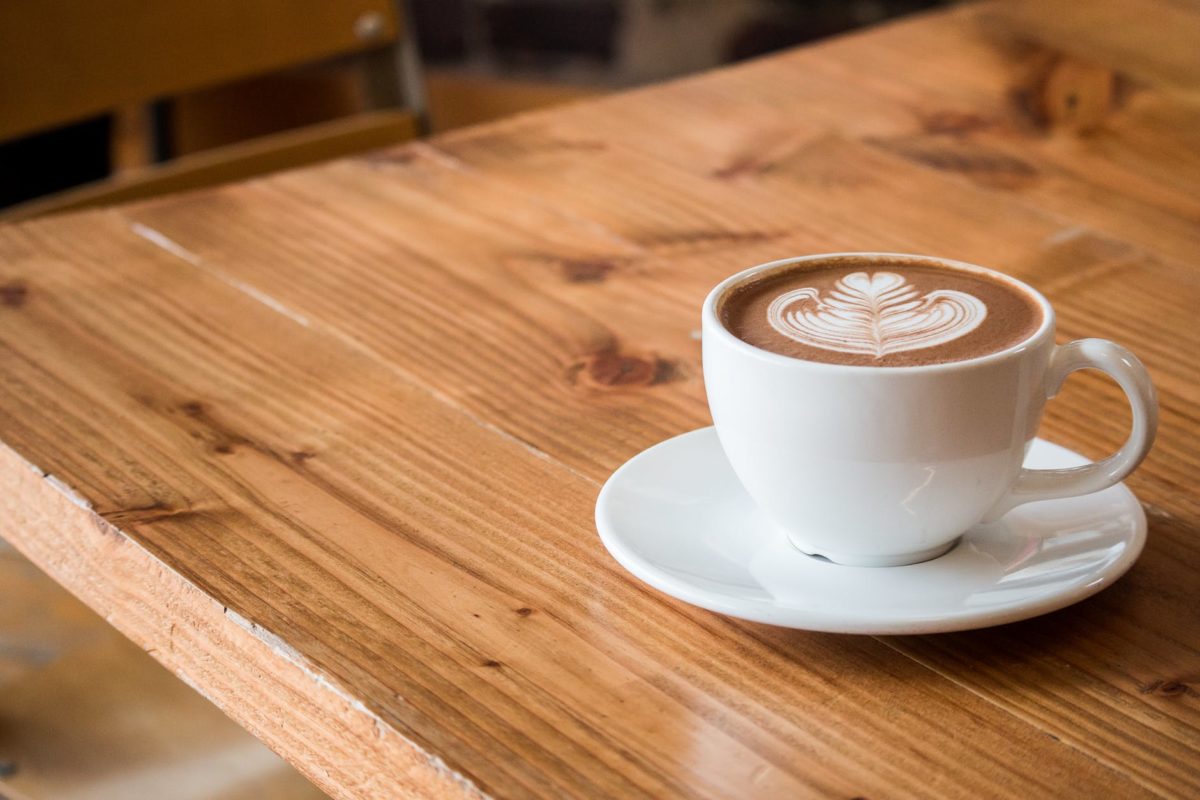
Its dark color will brighten your mornings, and its deep flavor will keep you afloat—the greatest paradox of coffee. Indeed, a cup of coffee has placed itself on every table as an early morning starter for people from different walks of life, from office workers to persons who enjoy morning splendor.
Coffee, as an abundant source of caffeine, fuels, and energizes the body. Perhaps, this has become a one-stop-sip-and-take-a-seat drink. However, not everyone is tolerant of this chemical. Some people experience palpitations, and others barely sleep at night, which causes fatigue.
As dark as its color, there are still unexplained things that lurk in the drink that will fascinate us, maybe a piece of history. Not only does it brighten your day, but a coffee cup helps you start your day right. Here are some more facts about coffee that you should know about.
It All Started With a Legend
The quest for the origin of coffee did not end until now. Not knowing where it originated, a legendary story from Ethiopia, a country in Africa, becomes the basis of its unknown roots.
The legend narrates that after Kaldi, a goat herder, saw his goats invigorated after eating the cherries, he brought the fruits and presented it to the monks in the monastery. But the monks were skeptical and called it “devil’s work” and tossed them into the fire.
The beans were burned and turned into ashes—releasing a heavenly aroma. They gathered the pulverized beans and preserved them in hot water. Thus, the concoction kept them awake during evening devotions.
Perhaps, the legend is so good to be true. But how the story was crafted shares the actual coffee processing. Further, experts have said that lands in Ethiopia are where coffee natively grows.
Fuel Option
Did you know that coffee can power up machines, just like what it does to our body? In London, the bio-bean company utilizes the extracted coffee oil from the dried coffee grounds collected in coffee shops. It is then combined with other fuels to produce B20 biofuel that powers diesel busses. As a pilot testing, the company has produced 6,000 litres of coffee oil to power up one city bus for a year.
2nd Most Traded Commodity in the World
With almost 2.25 billion cups of coffee that are consumed every day, coffee has landed in the second most traded commodity in the world after crude oil. However, due to an oversupply in top producing countries, such as Brazil, there was a recession, and coffee’s price became cheaper.
Heard of Two? Actually, it’s Four!
You probably only heard of two main types of coffee: Arabica and Robusta. But did you know that there are two other types of coffee? These are Liberica and Excelsa—flourished in Southeast Asia.
Arabica
This type of coffee is the most produced coffee among the four classes. It is perfect to be served while it is still hot. However, it loses its flavour when mixed with cream and milk.
Robusta
It is the second most-produced coffee after Arabica. Its deep flavour never fades if incorporated with milk or cream.

Liberica
Its flavour has a taste of history. This variety had helped the Philippines to regain its economy after the decimation of Arabica. It has an irregular shape, and those who have tasted it said that it has a unique floral and woody flavour.
Excelsa
This type primarily grows in the Southeast Asian Regions. It has a fruity and smoky note that lures coffee drinkers.
If you are a coffee connoisseur and would want to explore the world of coffee, try to visit Jiale Coffee to guide your palate’s journey.
Not all Gold Glitters, Some are Coffee Beans

Who would have thought that the turd of an Asian Palm Civet would be the most expensive coffee in the world?—the Kopi Luwak. This mammal looks like a raccoon and cat and is commonly found in Southeast Asia, especially in the Philippines and Indonesia. A cup of this coffee ranges from between $35 and $100, and $100 to $600 a pound.
Since Asian Palm Civets are meticulous to what they eat, they only ingest those ripest coffee cherries. Moreover, the coffee cherries that have been digested are cleaned and processed. Meanwhile, the enzymes remove the distasting acidity in the coffee, creating a smoother taste.
Coffee was Once Banned
Believe it or not, coffee was once not welcome on the tables. It was in the middle ages when coffee was considered the product of Satan due to its stimulating effects. The effects of coffee have threatened kings and highest people, afraid that their opposition might use it. Here are some of the places that have banned coffee.

Italy
Coffee was devalued in the 16th century by the clergymen, calling it “Satanic.” But as Pope Clement VIII tasted it and said it was delicious, having the highest position in the Church, his approval had inspired people to build more coffeehouses.
Mecca
In 1511, Mecca had banned coffee. The governor believed that it causes radical thinking that strengthens the opposition against him.
Constantinople
In 1623, after claiming the Ottoman Empire, Murad IV urgently banned coffee and imposed sanctions. For the first offence, the beating was the punishment. If someone was caught for the second time, he would be put in a bag and submerged in the waters of Bosporus.
Coffee as a Ground for Divorce

Customs and traditions are valued in every culture. In Turkish laws before, if the husband failed to keep the Ibrik or coffee pot filled, that could be a ground for a divorce. Luckily, that law does not exist in the present anymore. If that happens, there will be plenty of divorced women in the world.
Takeaway
Coffee is more than just your one-stop-sip-and-take-a-seat drink—it is more of a life, and a taste of history. Tracing its origin and background reminds us that it has experienced a bittersweet journey before reaching our tables and beguiling the peoples’ palate around the world.


















